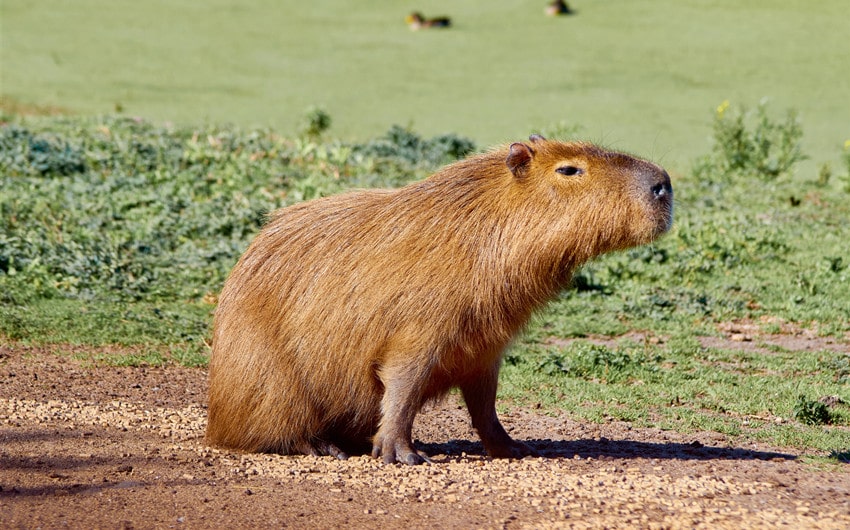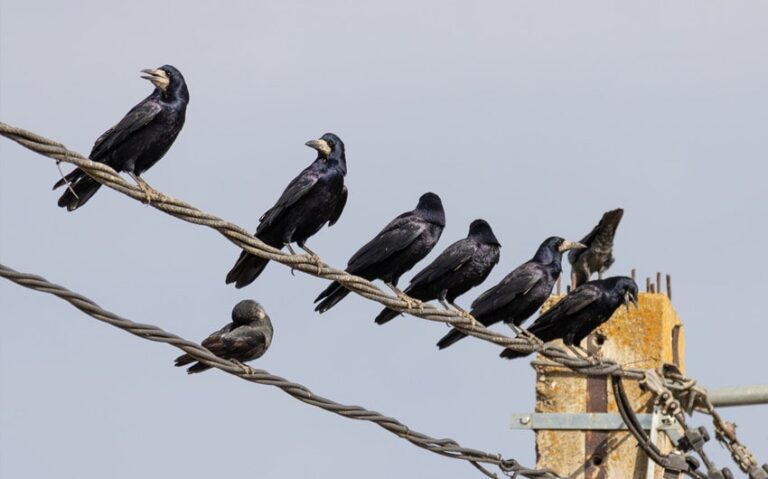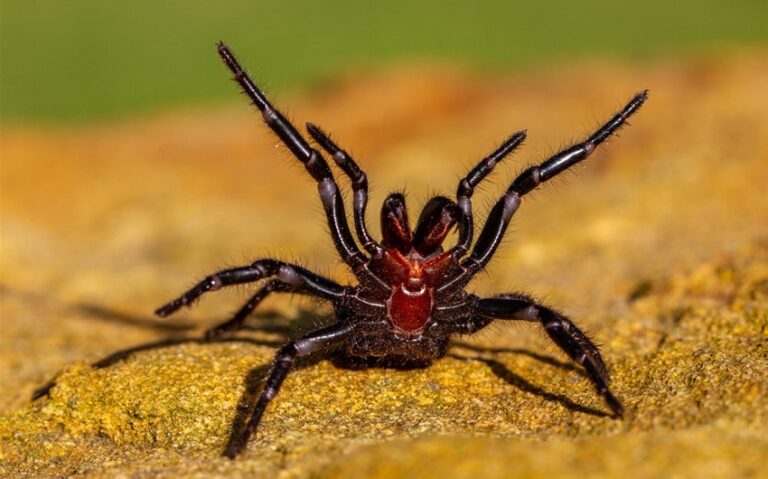Why Are Capybaras So Friendly and Weirdly Chill Around Everyone?
The first time I saw a picture of a capybara lounging next to a monkey in a hot spring, I stared at it for a good thirty seconds, trying to decide if it was a joke. But then I saw more. Birds on their backs. Cats napping beside them. Even crocodiles chilling nearby. It wasn’t just one strange photo—it was a pattern. Capybaras are somehow friends with everyone. I couldn’t stop wondering: why are they so friendly? Why don’t they seem to care who or what is around them? So, I fell headfirst into capybara research—and what I found made them even more fascinating.
They’re the World’s Largest Rodents—But Built for Peace, Not Power
Let’s start with the basics. Capybaras are the largest rodents on Earth. Adults can weigh up to 150 pounds and grow over four feet long. They look like giant guinea pigs, with webbed feet, barrel-shaped bodies, and gentle, sleepy eyes. But despite their size, there’s nothing threatening about them. They’re not predators, and they’re not territorial in the way many mammals are.
Capybaras are native to South America and thrive in wetland environments—rivers, lakes, marshes. They spend much of their time in and around water, where they float, nap, and cool down. Their semi-aquatic lifestyle contributes to their chill demeanor. When you can just slide into the water and float away from a problem, you don’t need to fight much.
Being big, slow, and soft-featured probably also helps. Other animals don’t view capybaras as threatening. And since they’re not looking for a fight, their default reaction to most things is calm indifference. They don’t spook easily. They don’t chase. They don’t assert dominance. They just… coexist. And for some reason, that works.
They Live in Tight-Knit Groups—So They’ve Evolved to Get Along
Capybaras are intensely social animals. They don’t live alone. In the wild, they gather in herds ranging from 10 to 20 individuals, but these groups can swell to over 50 during the dry season, when everyone congregates near shrinking water sources. Living in large groups comes with a catch: you have to be good at sharing space.
They’ve evolved complex social systems to manage this. They groom each other, communicate constantly using vocalizations (including chirps, clicks, and purrs), and form strong bonds with other members of their herd. Aggression is rare. If disputes do happen, they tend to resolve quickly without injury. Dominance exists, but it’s subtle, with more emphasis on cooperation than control.
That need for social harmony may be one of the biggest reasons they get along with other animals so easily. They’re hardwired to accept others into their space. If another animal isn’t a threat and respects the group dynamic, they’re often allowed to stick around. That’s why you’ll see ducks riding capybaras like taxis or monkeys eating snacks right beside them. Capybaras have high social tolerance and low aggression—two traits that make them excellent hosts in the animal kingdom.
Non-Aggression Isn’t Weakness—It’s a Survival Strategy
This was the part that surprised me most. Capybaras are prey animals. Jaguars, caimans, anacondas, ocelots, eagles, and humans all consider them fair game. You’d think being that vulnerable would make them nervous wrecks. But they’re not. Instead of acting jumpy or territorial, they’ve adapted a different survival strategy: numbers, stillness, and escape.
Capybaras rely on the herd to stay safe. There’s usually one member on lookout duty while the others graze or nap. If danger approaches, the group doesn’t fight. They run—often straight into the water, where they can dive and hold their breath for up to five minutes. Their webbed feet and strong swimming ability make them hard to catch once they’re submerged.
Because they’re so practiced at avoiding confrontation, they’ve never had to evolve aggressive tendencies. They don’t waste energy on fights they know they’ll lose. Their calm, non-reactive demeanor isn’t a weakness—it’s the smartest move they can make. They’re masters of peaceful escape.
Low Stress, Low Drama: The Hormonal Side of the Story
It turns out capybaras may also be biologically chill. Studies of capybara behavior suggest they have relatively low cortisol responses—the hormone associated with stress. That means their bodies don’t flood with anxiety every time something moves nearby. They assess. They observe. And unless something is clearly dangerous, they stay calm.
This low-stress physiology could explain why they don’t lash out, startle easily, or display territorial behaviors. It also might be why they’re able to bond so easily—not just with each other, but with animals outside their species. Whether it’s a duck, a turtle, or a human, capybaras don’t default to fear. Their tolerance levels are off the charts, and their need for companionship is high. It’s the perfect recipe for friendliness.
Even in captivity, they adjust with astonishing ease. In sanctuaries and zoos, they often become emotional support animals for other species. Dogs, cats, rabbits, and even birds find comfort in their presence. And caretakers report that capybaras often seem to seek out interaction—not aggressively, but with quiet curiosity. If there’s a calmer animal on Earth, I haven’t met it yet.
They’re Not Just Tolerant—They’re Incredibly Emotionally Intelligent
There’s growing evidence that capybaras are emotionally intelligent. They pick up on cues, understand social boundaries, and seem to make space for others, both physically and emotionally. When smaller animals approach them, they rarely move away. Instead, they shift to make room. When a monkey climbs on their back, they adjust rather than buck it off. They even share food with other species—something extremely rare in the wild.
Researchers who work with capybaras have noted their ability to sense emotional energy in humans. One zookeeper wrote that capybaras would approach new people cautiously, but if the person was calm and gentle, the capybara would sit beside them or even lean in. They don’t bond with everyone, but when they do, it seems intentional.
That kind of behavioral nuance hints at empathy. They’re not just passive—they’re aware. And they respond to other creatures with a kind of soft wisdom that feels… well, deeply admirable.
Capybaras and Humans: A Surprisingly Natural Connection
The internet’s obsession with capybaras didn’t come out of nowhere. It’s fueled by thousands of images and videos showing capybaras befriending animals of all shapes and sizes—but especially humans. People in parts of South America have kept capybaras as companion animals for generations. In Japanese hot spring parks, capybaras soak in warm baths next to visitors. In Colombia and Brazil, they often roam freely through parks, sitting next to strangers and letting kids pet them like giant, furry zen masters.
They’re not domesticated in the way dogs or cats are, but they’ve earned a reputation for being uncommonly cooperative with people. They don’t nip. They rarely spook. And if you sit next to one, there’s a decent chance it’ll scoot closer and fall asleep beside you.
This kind of trust doesn’t come easily in the animal kingdom. Capybaras have it because their instincts don’t scream “danger” every time a new face shows up. They’ve evolved to be open, and that openness is what makes them feel so different from most other wild creatures. We sense it—and we respond with fascination.
They Might Just Be Nature’s Ultimate Peacemakers
It sounds a little silly, but I mean it: capybaras might be the emotional support animals of the animal world. They embody balance in a way that’s rare among mammals. They aren’t dominant, but they aren’t submissive. They aren’t aggressive, but they aren’t timid. They simply allow. They accept. And they live harmoniously with an astounding range of creatures as a result.
In an age when everything feels loud and reactive, capybaras are a quiet reminder that peace is a valid survival strategy. That friendliness isn’t weakness. That calmness can be power. Watching them interact with the world feels almost like therapy. They don’t rush. They don’t resist. They coexist—and somehow manage to make friends with birds, monkeys, crocodiles, and humans along the way.
Maybe that’s why they’ve become such beloved internet icons. Not just because they’re cute (though they are). But because they show us a different way to be. A gentler way. A way that embraces stillness, tolerance, and chill companionship as strengths—not liabilities.



